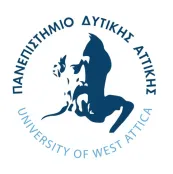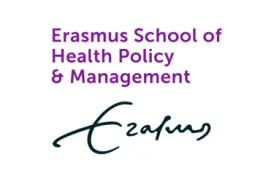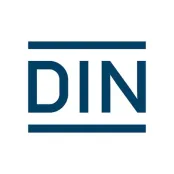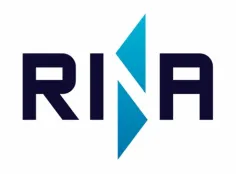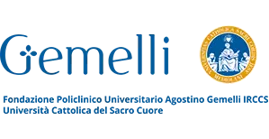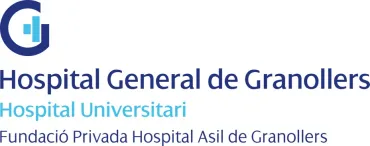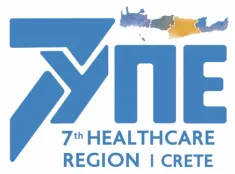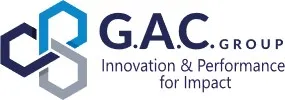Green transition is the behavioral intention of health and care providers (HCPs) even in the presence of growing health and care needs after COVID-19. However, green transition requires operational tools to be carried out rapidly with optimal processes and low service costs. CARING NATURE’s (CN) 5 HCP, 5 innovation SMEs, 1 standard development organization, 2 industries and 5 universities will construct and implement 10 health and care specific solutions for carbon emissions and pollution (CEP) reduction to be demonstrated in 33 use cases. The 10 CEP-reduction solutions tackle main production sources on which HCPs have exclusive control and where they act as principal actors of transition. Building energy demand will be addressed through reduction of environmental impact of construction and renovation and utilizing AI-powered energy management. Reduction and valorization of medical, food and water waste will be addressed through an HCP tailored pyrolysis plant prototype and an on-site waste food digestion and drying system. Reduction of patient/visitors’ travel will be addressed through next generation telemedicine. Sustainability transitions require transversal staff and governance commitment. Staff engagement through participatory methods for Communities of Practice will be explored and systematized. Governance capability of HCPs, policy makers and investors urgently needs an operative framework since to evaluate interventions no simple measuring system of HCP environmental impact exists. CN framework consists of a decision support system based on information sharing, HCP specific social life cycle assessment and life cycle cost and sustainable finance evaluation models together with a reporting model compliant with EU Corporate Sustainability Reporting Directive (CSRD). Governance bodies and other stakeholders will benefit from an HCP specific eco-friendly approach to reengineering of processes for enforcing sustainability based on the Green Lean Six Sigma methodology. Opportunities for standardization will be identified and reported.
LUT leads Task 4.4 (Participatory staff engagement model) in Work Package 4 (Development of organizational results). LUT brings multi-disciplinary research expertise in developing and implementing innovation methods for front-line staff engagement, such as innovation sessions, arts-based (e.g., theatre-based) methods, and playful and other creativity methods.

1.1.2024-31.12.2026
Project funding:
European Union's Horizon Europe research and innovation action programme

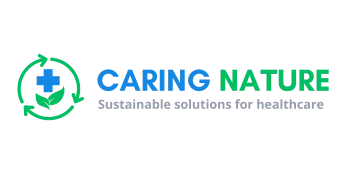
Goals
There are five objectives:
- Governance
- Buildings
- Waste
- Patients travel
- Staff engagement.
This leads to these ten solutions. LUT is responsible for the ENGAGE solution (Participatory staff engagement model).

Links
Contact information




Satu Pekkarinen
Partners




